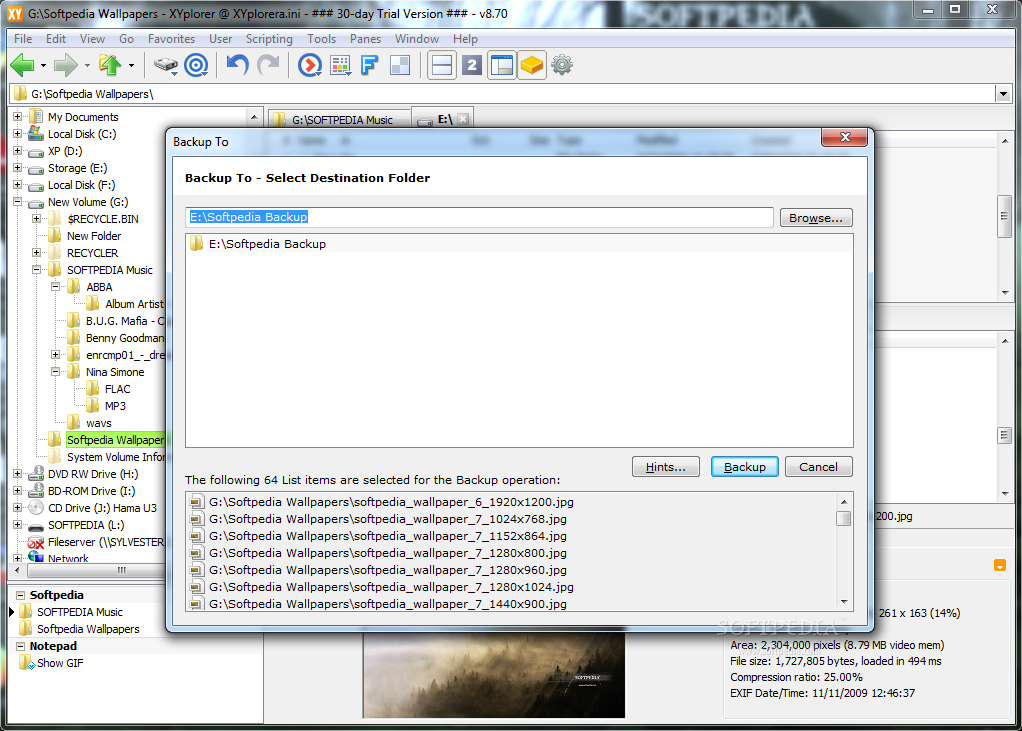
XYPLORER QUICK ACCESS PDF
If I need to remove or reorder pages, I can use the split and combine scripts to do just that by appropriate removal and/or renaming of the single PDF files. Status "PDF Splitting Complete", "000000", "ready" Status "Splitting PDF file.", "000000", "progress" Status "PDF Burst Could Not Be Completed", "000000", "alert" Msg "You must select only one PDF file at a time to split" Since I don’t use that, I then remove that file, and the result is to just have the split PDFs. The script will output one page PDFs in the same directory as the original PDF, and produce a data file about the burst. In PDFtk, splitting a PDF is known as “bursting”, and so we use the bust argument on the command line to trigger that. While the script could be enhanced to handle multiple files in one batch, I’ve never had a need to do this and so I have it set to operate on just one. The script is configured to only allow one PDF to be split at once. The inverse operation of splitting a PDF is s little more involved. Combine multiple PDFs into a single PDF
XYPLORER QUICK ACCESS PC
It is usually quite brief, but the duration will vary based on the amount of PDF data being combined, and the speed of the PC being used. When run, a command window will appear while the PDFtk command line tool is running. I’ve configured the output path to always be in the same directory as the source PDFs and it outputs the combined pdf in the format yyyy-mm-dd-hh.mm.ss.combined.pdf. PDFtk is passed a list of the PDFs to be combined as file paths and an output path is specified. The process for combining PDFs is relatively straight forward. If two or more files are selected, the combination processing takes place. It doesn’t currently check if they are all PDF, but that might be an enhancement to implement at some point in the future though honestly, I’m pretty good at just selecting the PDF files I want to use when using this script. It checks that there are at least two files currently selected. The script starts with a small bit of validation. Return "C:\Command-Line-Tools\pdftk\pdftk.exe" For example I could have severalPDF utilities in the future that may all share the same base path and so I may build the paths based on multiple functions/variables. Also by making it a simple function, if I want to do something more sophisticated with the path I can. This means that if I move the EXE, I only have one place to modify the location, I don’t need to modify it in several locations. I have a PDF script library where I keep the scripts and then access them from a toolbar button which automatically builds a menu of the scripts and I can choose which one to run.įirst of all I created a function that returns the path to the PDFtk executable.

XYPLORER QUICK ACCESS FREE
To utilise these scripts, you’ll need a copy of the free PDF Toolkit utility, PDFtk, and of course XYplorer.

For that reason I’ve created some XYplorer scripts that make accessing common PDF manipulations even easier. Whilst there are visual interfaces to use this tool I most often identify a need to do something with a PDF when I’m working with the file itself. When I’m doing that on my work laptop running windows, I fall back to using the PDF Toolkit utility. Pulling out pages, replacing them with others, or building entirely new ones. But I also occasionally work with PDFs in different ways. Typically I’m generating them as documentation, or reading documentation. In my work, I work with PDFs on a daily basis.


 0 kommentar(er)
0 kommentar(er)
